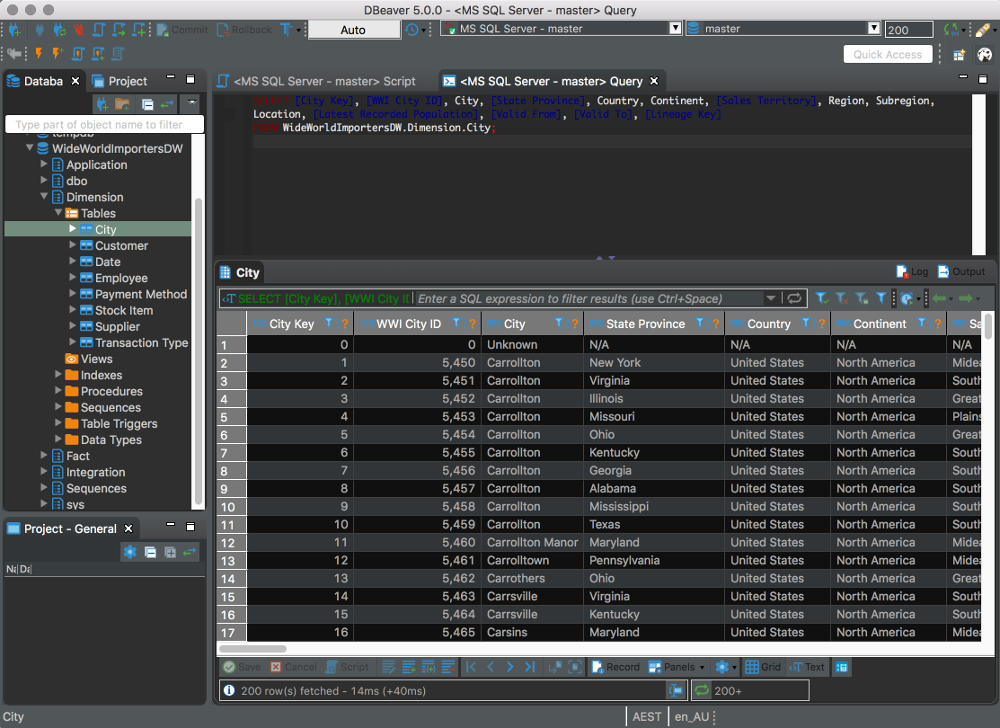

#COM MYSQL JDBC FOR FREE#
It is developed by the MySQL engineering team, and the latest version is available for free from their website.ĭownload the binary distribution appropriate for your platform, extract the JAR file, and copy it to "$CATALINA_HOME/lib".
#COM MYSQL JDBC DRIVER#
The driver that JDBC needs to connect to MySQL is called Connector/J. Now that we have a basic understanding of how Tomcat uses JDBC, DBCP, and JNDI to connect to databases, it's time to look at the specific steps required to get Tomcat talking to MySQL. If this still seems confusing, don't worry - we'll go over all of the steps required to get these technologies working for you in the next section. Tomcat makes it easy to use this technology by allowing it to be defined as a JNDI Resource, and handling the actual transaction of the connections itself.

Using JDBC also allows developers to assume that each request will receive its own JDBC connection, which significantly simplifies the transaction code. Rather than creating new connections every time a new request comes in, the requests are queued, and matched with a pool of pre-generated connections as they become available. To avoid this situation, Tomcat uses a technique called connection thread pooling, implemented through a technology called Commons DBCP. The problem with using JDBC in a high-load environment is that it can become overwhelmed with requests, and begin dropping them or delaying them, causing a bottleneck in the architecture that slows down the entire application.
#COM MYSQL JDBC CODE#
If a developer wishes to access two different database formats in the same program, they don't need to add any additional syntax to their code they simply call two different JDBC drivers. Rather than connecting to the database directly, the applications send requests to the JDBC API, which in turn communicates with the specified database through a driver that converts the API calls into the proper dialect for the database to understand. JDBC provides an abstraction layer between Java applications and database servers, so that an application's code does not need to be altered in order for it to communicate with multiple database formats. How Tomcat Connects to databasesīefore we start setting up the MySQL connection, let's take a quick look at the framework Tomcat uses to handle database connections, a technology called Java Database Connectivity, or JDBC. Using clusters? Use Tcat to manage their configurations as a group. Need to configure MySQL / JDBC on more than one Tomcat instance? Tcat allows you to save common configurations and apply them to any instance instantly. Along the way, we'll also cover setting up connection pooling, programmatic configuration, and global naming resources, to ensure that your configuration is the best for your needs. Stumped by Tomcat JDBC connections? Can't get your head around MySQL drivers, connection pools, and JNDI resources? This article will guide you step-by-step through connecting your MySQL database to Tomcat, in plain English.

Tomcat MySQL connection - Using JDBC to connect Tomcat to MySQL


 0 kommentar(er)
0 kommentar(er)
